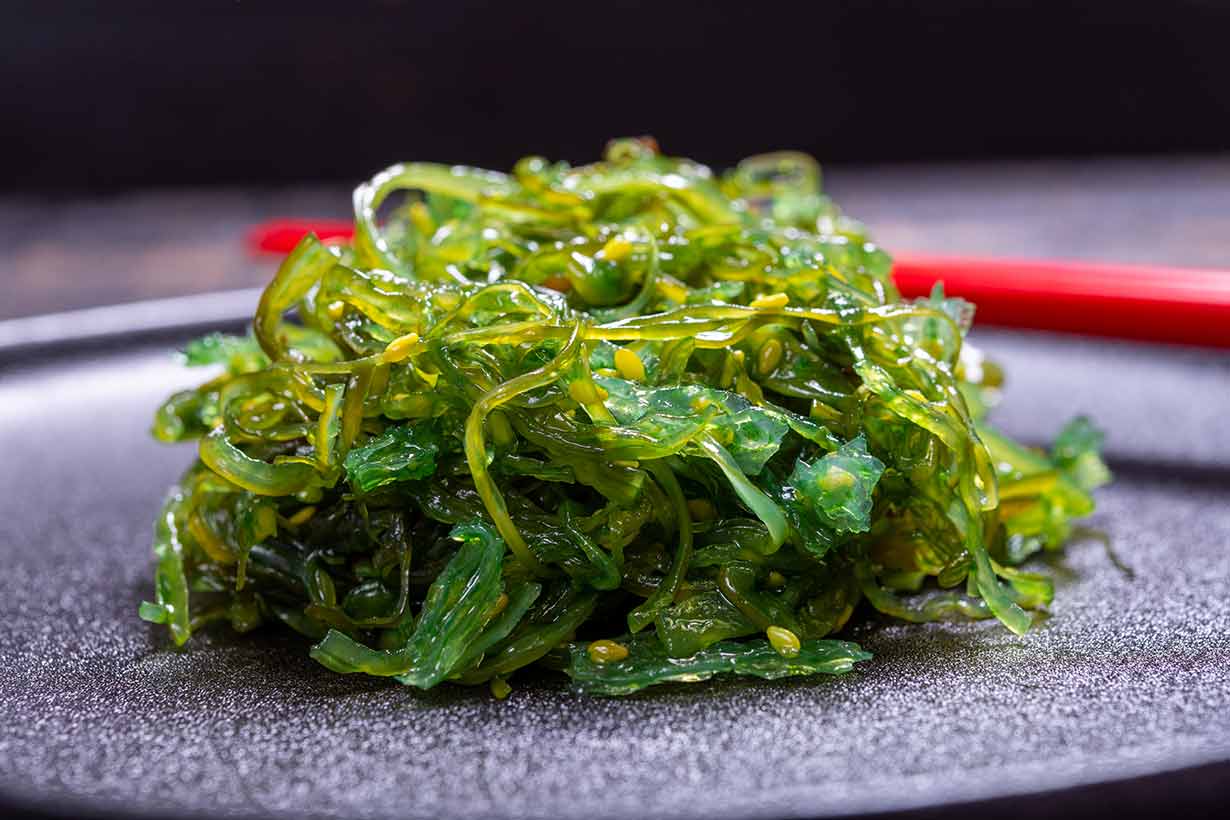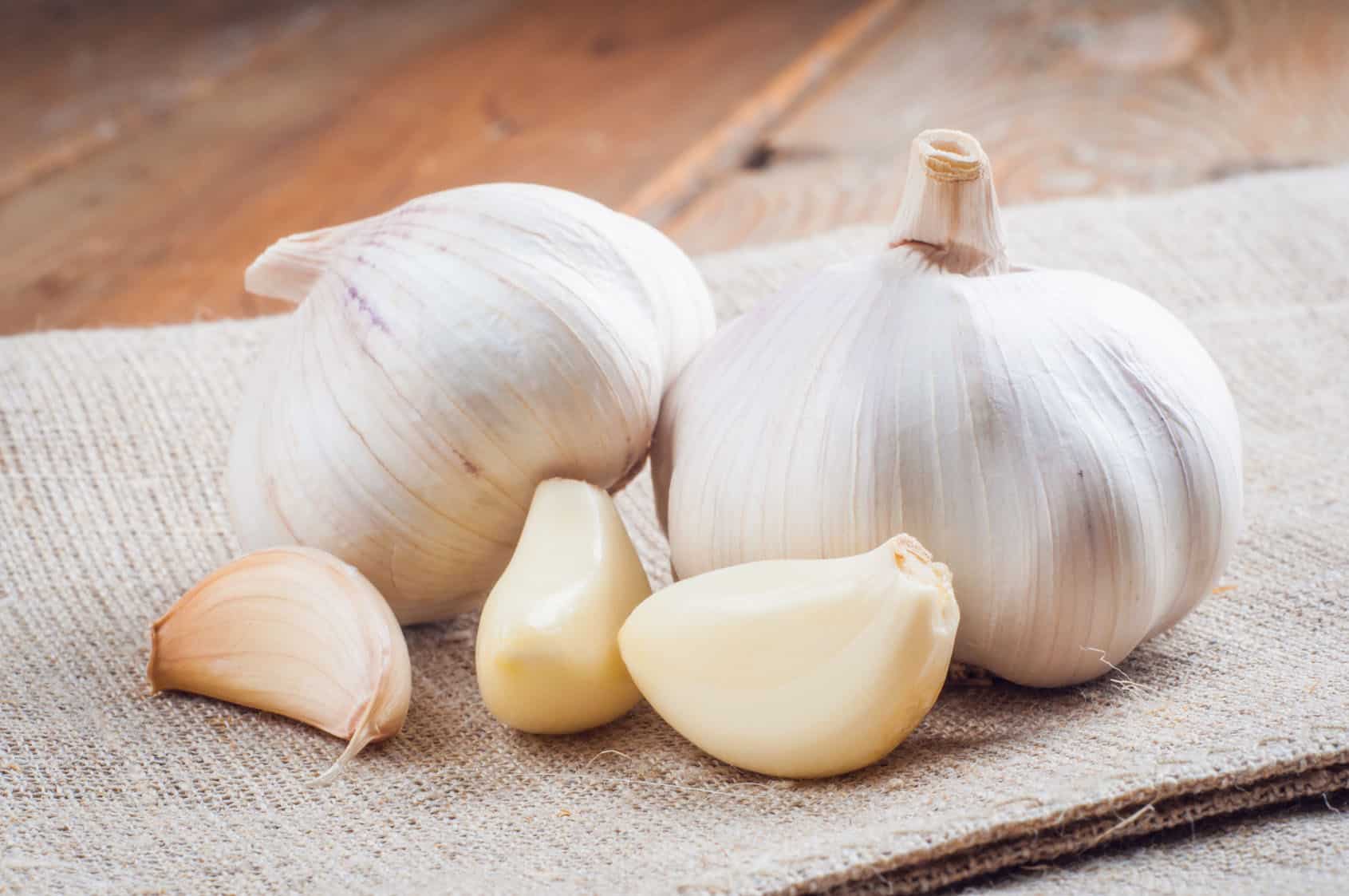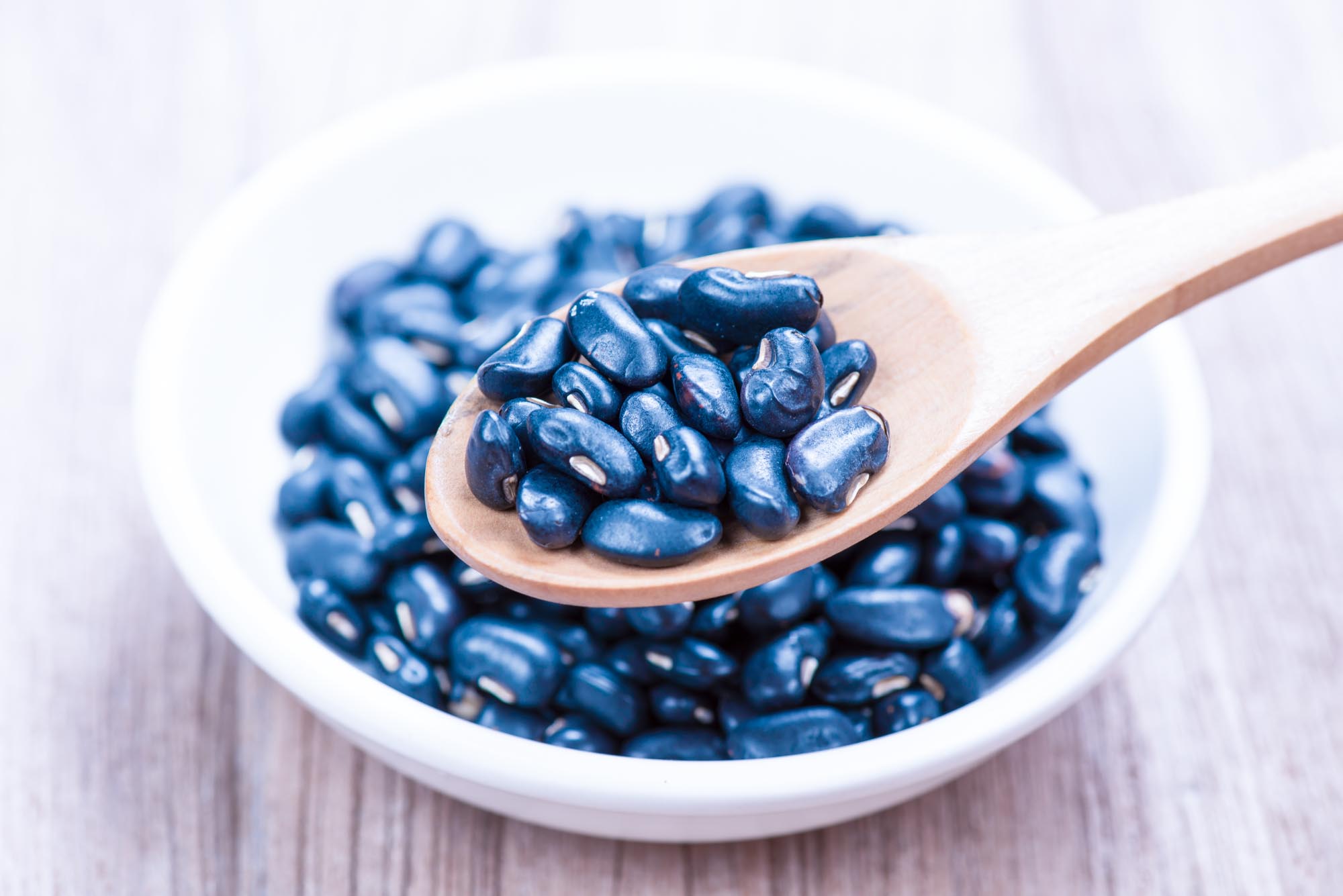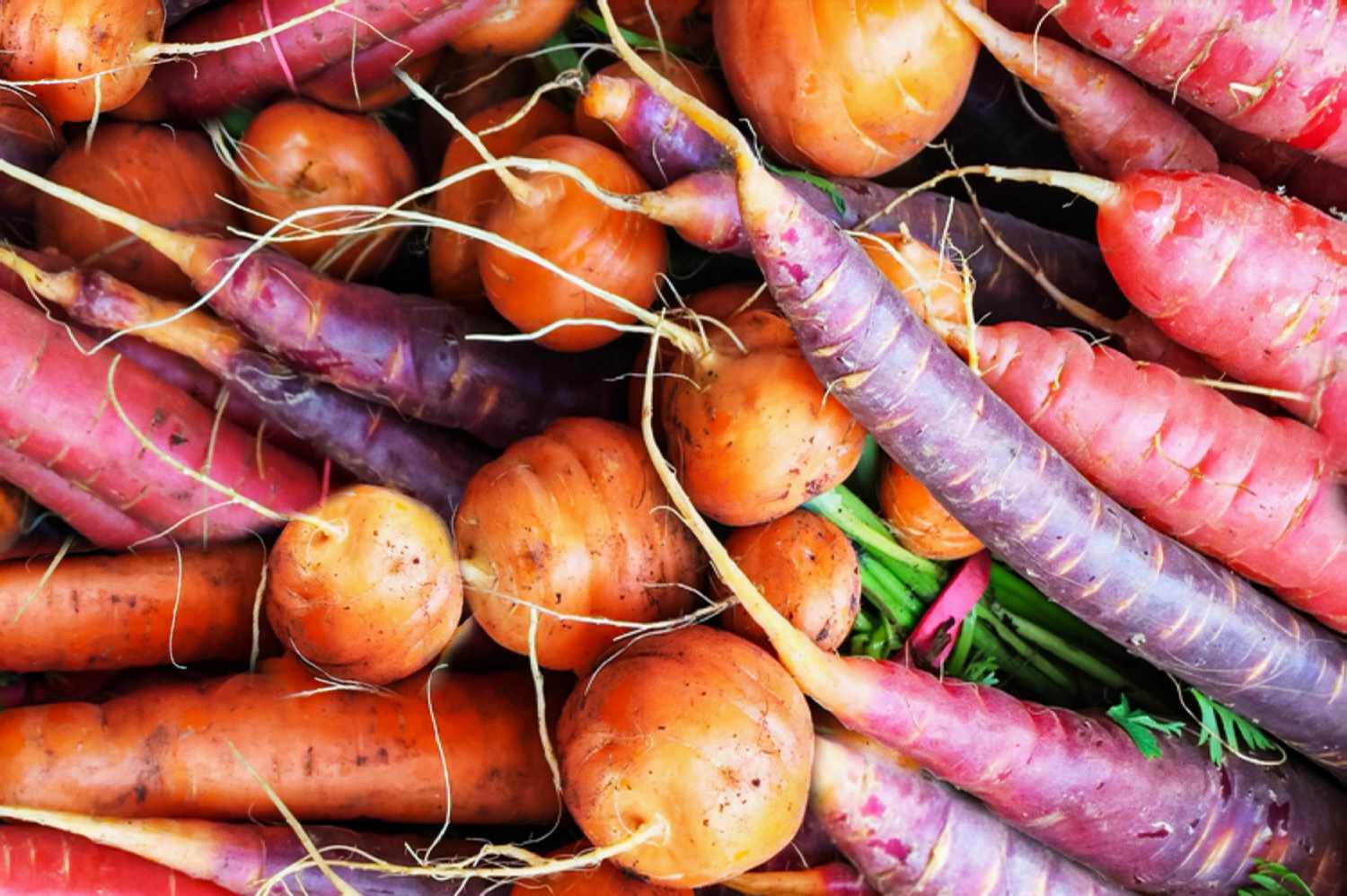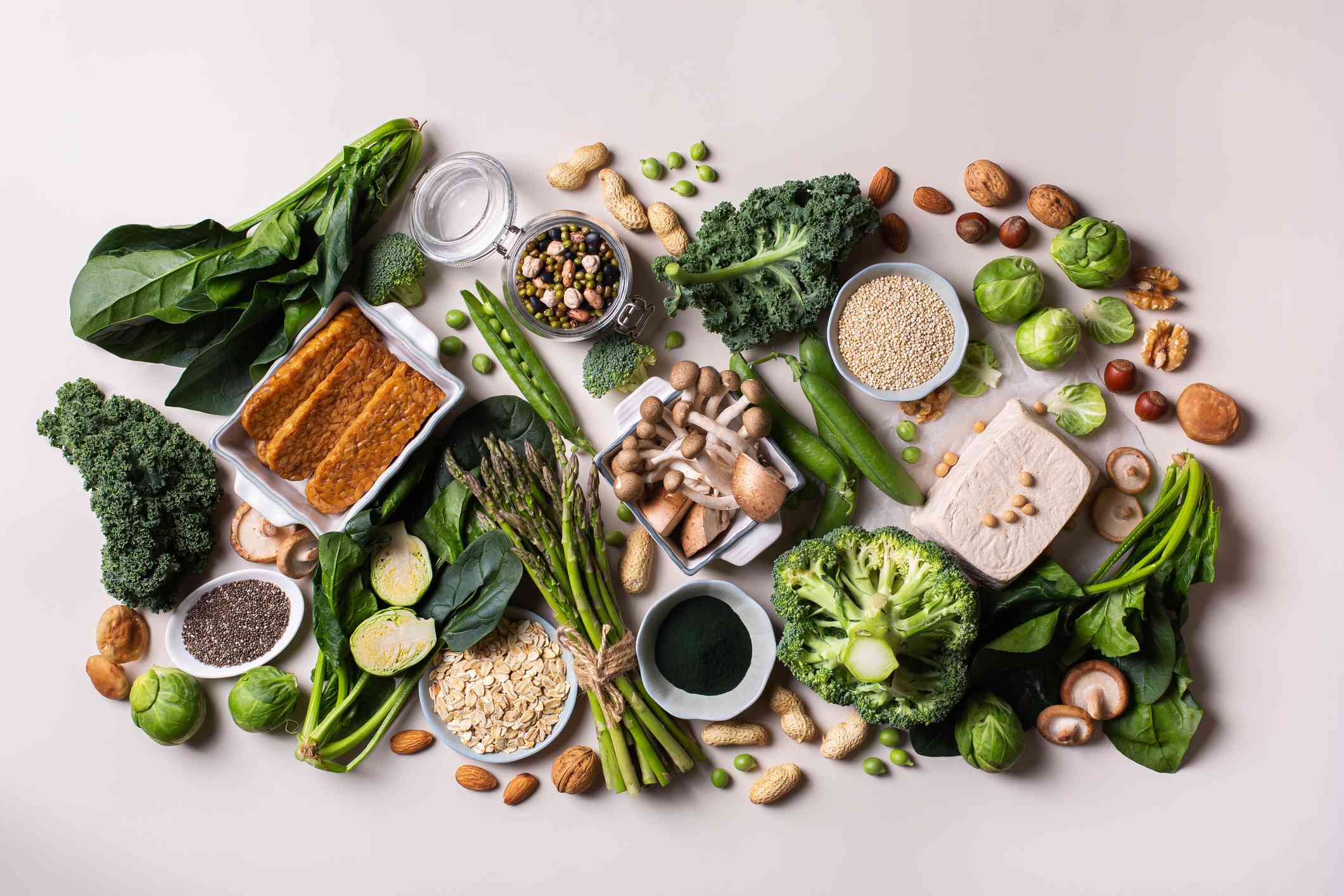Home>Types of Gardening>Edible Gardening>What Are Fermented Vegetables
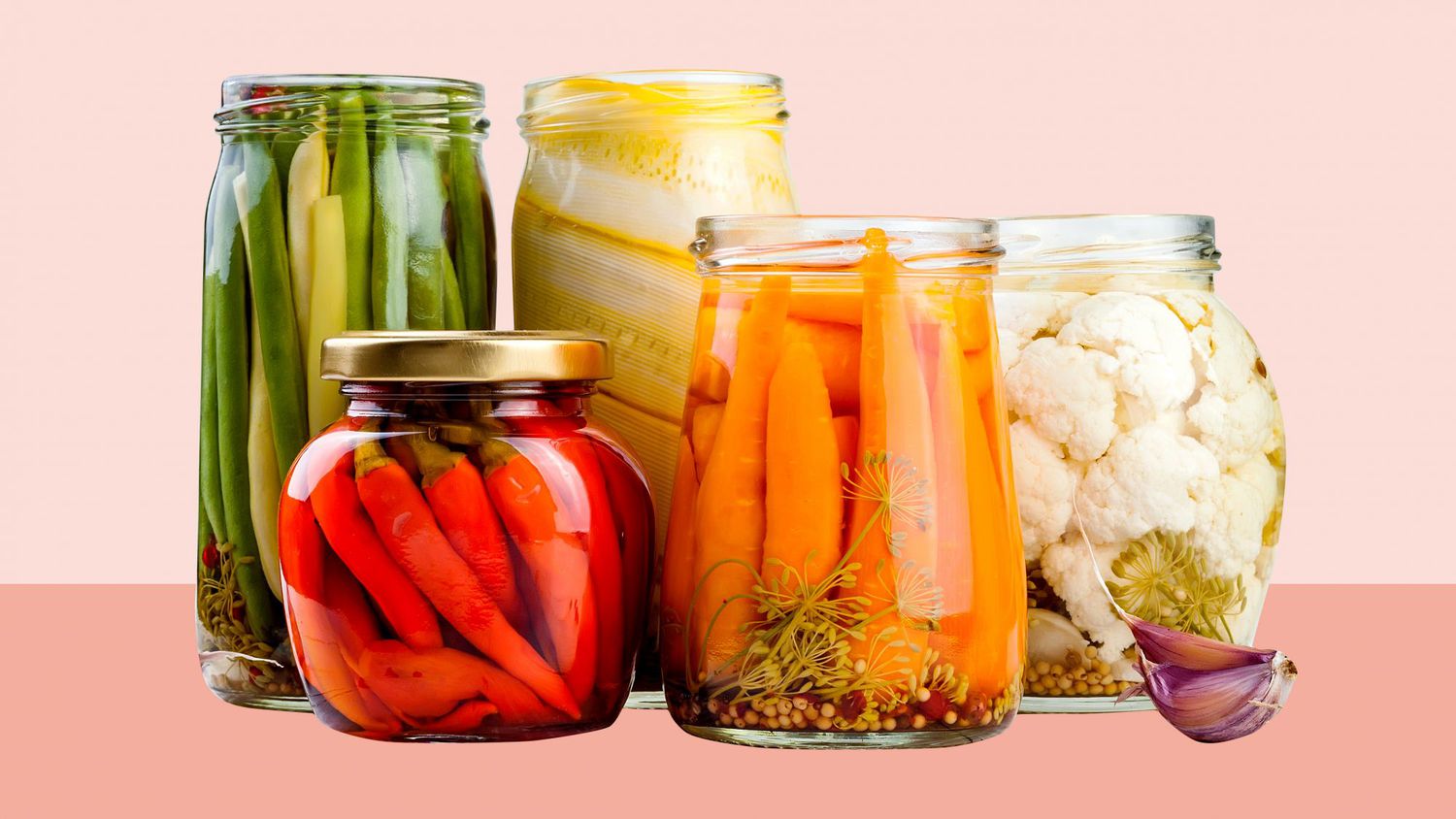

Edible Gardening
What Are Fermented Vegetables
Modified: January 22, 2024
Learn about the benefits of fermented vegetables in your edible gardening experience. Discover how to incorporate them into your diet for improved health and wellbeing.
(Many of the links in this article redirect to a specific reviewed product. Your purchase of these products through affiliate links helps to generate commission for Chicagolandgardening.com, at no extra cost. Learn more)
Table of Contents
Introduction
Welcome to the world of edible gardening! There’s something truly special about growing your own food, isn’t there? Not only does it give you a sense of accomplishment, but it also allows you to have complete control over what goes into your meals. And when it comes to adding a burst of flavor and nutrition to your dishes, nothing compares to the deliciousness and health benefits of fermented vegetables.
Fermentation is an ancient preservation technique that has been used for centuries to extend the shelf life of foods. But beyond its preservation properties, fermentation enhances the taste and nutrition of vegetables in ways that will surprise and delight you.
Fermented vegetables like sauerkraut, kimchi, and pickles not only provide a tangy and crunchy addition to your meals, but they are also packed with probiotics, enzymes, and vitamins. These live and active cultures help to support a healthy gut and improve digestion, boost the immune system, and even aid in weight loss.
Whether you are a seasoned gardener with a surplus of produce or a beginner looking to explore new ways to enjoy your harvest, fermenting vegetables is a fantastic way to make the most out of your garden bounty. So let’s dive into the world of fermented vegetables and discover the amazing benefits they offer.
What is Fermentation?
Fermentation is a natural metabolic process that converts carbohydrates, such as sugars and starches, into alcohol or organic acids using microorganisms such as bacteria or yeast. In the case of fermented vegetables, lactic acid bacteria are the key players in this process. By fermenting vegetables, the naturally occurring bacteria break down sugars and produce lactic acid, which acts as a natural preservative.
During the fermentation process, the sugars and starches in the vegetables undergo a transformation, resulting in a complex flavor profile and unique texture. The bacteria consume the sugars, creating byproducts such as carbon dioxide and lactic acid. This acidification not only preserves the vegetables but also imparts a tangy and sour taste.
Fermentation is a natural and simple way to preserve vegetables without the need for artificial additives or refrigeration. Traditionally, fermentation was used as a means to store food for extended periods, especially during times when fresh produce was limited. Nowadays, it has gained popularity not only for its preservation benefits but also for its numerous health advantages.
It is important to note that fermentation is different from pickling. While both processes involve preserving food, pickling relies on the use of a brine or vinegar solution, whereas fermentation harnesses the power of live bacteria to achieve the transformation. This live culture not only preserves the vegetables but also introduces beneficial bacteria that can contribute to our gut health when consumed.
Fermentation is a versatile technique that can be applied to a wide variety of vegetables. From classic choices like cabbage for sauerkraut and cucumbers for pickles to more adventurous combinations like radishes, carrots, and even fruit, the possibilities are endless.
Now that we understand what fermentation is and how it works, let’s explore the remarkable benefits that fermented vegetables can bring to our health and well-being.
Benefits of Fermented Vegetables
Fermented vegetables offer a wide range of benefits for our overall health and well-being. Let’s explore some of the key advantages:
- Gut Health: One of the most significant benefits of fermented vegetables is their positive impact on gut health. The fermentation process encourages the growth of probiotics, beneficial bacteria that support a healthy gut microbiome. A thriving gut microbiome is essential for proper digestion, nutrient absorption, and overall immune function.
- Nutritional Boost: Fermentation increases the bioavailability of nutrients in vegetables, making them more easily digestible and absorbable by our bodies. This process enhances the levels of vitamins, minerals, and antioxidants, making fermented vegetables a nutrient-dense addition to your diet.
- Improved Digestion: The live cultures present in fermented vegetables help promote the growth of good bacteria in the gut, aiding in digestion. They can help alleviate symptoms of digestive distress such as bloating, gas, and constipation. Additionally, fermented vegetables contain enzymes that assist in breaking down food, further supporting digestion.
- Immune Support: The gut plays a crucial role in our immune system, and consuming fermented vegetables can help strengthen immune function. The probiotics present in fermented vegetables stimulate the production of immune cells, enhance the gut barrier function, and reduce inflammation, leading to improved overall immune health.
- Weight Management: Including fermented vegetables in your diet can potentially support weight management efforts. The presence of probiotics in fermented vegetables has been linked to improved metabolism and reduced inflammation, both of which can aid in maintaining a healthy weight.
- Longer Shelf Life: Fermentation acts as a natural preservative, extending the shelf life of vegetables without the need for refrigeration or artificial additives. This means you can enjoy your garden harvest for a longer period and reduce food waste.
These are just a few of the many benefits that fermented vegetables can provide. As you experiment with different vegetable combinations and flavors, you’ll discover even more reasons to include fermented vegetables in your diet.
Commonly Fermented Vegetables
When it comes to fermenting vegetables, the options are endless. Almost any vegetable can be fermented, but some have become popular choices due to their flavor and texture when transformed through the fermentation process. Here are some commonly fermented vegetables:
- Sauerkraut: This classic fermented dish is made from thinly sliced cabbage that is brined and fermented. Sauerkraut is tangy, crunchy, and packed with beneficial bacteria. It can be enjoyed as a side dish or added to sandwiches and salads for an extra zing of flavor.
- Kimchi: Hailing from Korean cuisine, kimchi is a spicy and flavorful fermented vegetable dish. It is typically made from cabbage, radishes, and seasonings such as chili peppers, ginger, and garlic. Kimchi is known for its robust flavors and is often enjoyed as a condiment or as an ingredient in various dishes, from stir-fries to soups.
- Pickles: Pickling cucumbers to make pickles is a popular method of fermentation. The cucumbers are soaked in a brine solution that can be flavored with spices, herbs, or vinegar. The result is a crisp and tangy pickle, perfect for snacking or adding to sandwiches.
- Beet Kvass: Beet kvass is a traditional Eastern European fermented beverage made from beets. It has a slightly tangy and earthy flavor profile. Beet kvass is often enjoyed as a refreshing drink or used as a base for soups and stews.
- Carrots: Fermented carrots offer a sweet and tangy flavor, making them a delightful addition to salads, wraps, or as a standalone snack. The beautiful orange color of the carrots intensifies during fermentation, adding visual appeal to your culinary creations.
- Radishes: Radishes are transformed through fermentation into a crunchy and slightly spicy condiment. Fermented radishes can be used as a topping for tacos, salads, or enjoyed as a tasty side dish.
These are just a few examples of commonly fermented vegetables, but the possibilities are truly endless. Feel free to get creative and experiment with different combinations and flavors to discover your own unique fermented vegetable creations!
How to Make Fermented Vegetables
Making your own fermented vegetables at home is a fun and rewarding process. Here’s a general guide to get you started:
- Select Your Vegetables: Choose fresh and organic vegetables for the best results. Common choices include cabbage, cucumbers, carrots, radishes, and beets. Wash and chop the vegetables into the desired size and shape.
- Prepare the Brine: The fermentation process requires a brine solution to create the ideal environment for the beneficial bacteria to thrive. Dissolve about 2 tablespoons of high-quality salt (such as sea salt or kosher salt) in 1 quart of filtered water. You can also add flavorings like herbs, spices, or garlic to the brine for added complexity of taste.
- Fill the Jars: Pack the chopped vegetables tightly into clean and sterilized jars, leaving about 1-2 inches of headspace at the top. Pour the brine over the vegetables, making sure they are fully submerged. Use weights or cabbage leaves to keep the vegetables submerged if necessary.
- Fermentation Time: Seal the jars with airtight lids and store them at room temperature, away from direct sunlight. The fermentation time can vary depending on the vegetables and desired flavor. Fermentation can take anywhere from a few days to a few weeks. Taste the vegetables periodically to check for the desired level of tanginess and texture.
- Storage: Once the vegetables have reached the desired level of fermentation, transfer the jars to the refrigerator to slow down the fermentation process. Fermented vegetables can be stored in the refrigerator for several months.
- Enjoy: Now it’s time to enjoy your homemade fermented vegetables! Serve them as a side dish, add them to salads, sandwiches, or incorporate them into your favorite recipes for an added flavor boost and nutritional punch.
Remember, fermentation is a natural process, and some experimentation may be needed to find your preferred taste and texture. Don’t be afraid to get creative and try different vegetables, spices, and herbs to create unique and delicious combinations.
Keep in mind that fermentation is an ongoing process, and flavors may continue to develop over time. So, don’t hesitate to experiment and enjoy the wonderful world of homemade fermented vegetables!
Tips for Successful Fermentation
Fermenting vegetables can be a rewarding and enjoyable process, but it’s important to keep a few key tips in mind to ensure successful results. Here are some tips to help you on your fermentation journey:
- Use Quality Ingredients: Start with fresh, organic vegetables to achieve the best flavor and nutritional value. Avoid using vegetables that are bruised, wilted, or of poor quality.
- Sanitize Equipment: Thoroughly clean and sanitize all utensils, jars, and fermentation equipment before use. This helps create a clean environment for the beneficial bacteria to thrive and reduces the risk of unwanted contaminants.
- Balance Salt Levels: Salt is a crucial component in the fermentation process, as it helps prevent the growth of harmful bacteria. Use the right amount of salt to create a balanced brine solution. Too little salt can lead to spoilage, while too much can inhibit the growth of beneficial bacteria.
- Submerge the Vegetables: It’s important to ensure that the vegetables are fully submerged in the brine to protect them from exposure to air. This helps to prevent the growth of mold or other unwanted microorganisms. Consider using fermentation weights or cabbage leaves to keep the vegetables submerged.
- Monitor the Fermentation: Keep an eye on your fermenting vegetables by checking them regularly. Taste them throughout the fermentation process to determine the desired level of tanginess and texture. Burp the jars occasionally to release any built-up gases and prevent excessive pressure.
- Consistent Room Temperature: Fermentation is influenced by temperature. Ideally, the fermentation process should take place at a consistent room temperature, preferably between 65-75°F (18-24°C). Extreme temperature fluctuations can affect the fermentation process and the final flavor of the vegetables.
- Be Patient: Fermentation takes time, and the flavors develop gradually. It can range from a few days to several weeks, depending on various factors like vegetable type and room temperature. Give the beneficial bacteria enough time to work their magic and create complex and delicious flavors.
- Experiment and Adapt: Don’t be afraid to experiment with different vegetable combinations, spices, and herbs to create unique flavors. Adapt recipes to suit your taste preferences and dietary needs. The joy of fermentation lies in the endless possibilities and discovering your personal favorites.
By following these tips, you’ll increase your chances of successful fermentation and end up with delicious and nutritious homemade fermented vegetables to enjoy.
Safety Precautions
While fermenting vegetables is generally a safe and enjoyable process, it’s important to follow certain safety precautions to ensure the best results and reduce the risk of foodborne illnesses. Here are some safety guidelines to keep in mind:
- Cleanliness: Maintain clean and hygienic conditions throughout the entire fermentation process. Wash your hands thoroughly before handling vegetables and equipment. Clean and sanitize all utensils, jars, and fermentation equipment to prevent the growth of harmful bacteria.
- High-Quality Ingredients: Start with fresh, organic vegetables to minimize the risk of contamination. Avoid using vegetables that are bruised, damaged, or past their prime.
- Appropriate Salt Levels: Use the correct amount of salt in your brine solution to create a safe fermentation environment. Salt helps inhibit the growth of harmful bacteria. Ensure that you follow tested recipes or guidelines to ensure the proper balance of salt and fermenting vegetables.
- Submerging Vegetables: It’s crucial to fully submerge the vegetables in the brine to prevent exposure to air. This helps prevent the growth of mold or other undesirable microorganisms. Consider using fermentation weights or cabbage leaves to keep the vegetables submerged.
- Proper Fermentation Temperature: Maintain a consistent room temperature for fermentation, ideally between 65-75°F (18-24°C). Extreme temperature fluctuations can affect the fermentation process and increase the risk of spoilage or the growth of harmful bacteria.
- Storage in Refrigeration: After the fermentation process is complete, store the fermented vegetables in the refrigerator to slow down the fermentation. This helps maintain the flavor and quality of the vegetables. Proper refrigeration reduces the risk of spoilage and ensures food safety.
- Trust Your Senses: Before consuming fermented vegetables, use your senses to assess their safety. Look for any signs of mold, slime, or unnatural discoloration. If the vegetables have an off-putting odor or taste, it’s best to discard them to avoid any potential health risks.
- If in Doubt, Discard: If you have any doubts about the safety or quality of the fermented vegetables, it’s better to err on the side of caution and discard them. It’s always better to be safe than sorry when it comes to food safety.
Following these safety precautions will help ensure that your fermented vegetables are safe to consume and enjoyable to eat. Enjoy the process of fermenting your own vegetables, and savor the delicious flavors and health benefits they offer.
Frequently Asked Questions
Here are some commonly asked questions about fermenting vegetables:
- Is fermentation safe? Yes, fermentation is generally safe when done properly. Following proper hygiene, using quality ingredients, and maintaining the right conditions during fermentation can help ensure safety. However, if you notice any signs of spoilage, such as mold, off-putting odor, or taste, it’s best to discard the fermented vegetables.
- Can I ferment vegetables without salt? Salt is an essential component for fermentation as it helps inhibit the growth of harmful bacteria and creates an optimal environment for beneficial bacteria. However, if you are looking to reduce your salt intake, you can experiment with lower amounts of salt or explore alternative fermentation methods, such as using a starter culture.
- How long does fermentation take? The fermentation time can vary depending on various factors such as vegetable type, ambient temperature, and desired flavor. Fermentation can take anywhere from a few days to a few weeks. It’s important to taste the vegetables periodically to determine the level of tanginess and texture that you prefer.
- Can I ferment vegetables in any type of container? It’s best to use glass jars or ceramic crocks for fermenting vegetables. These materials are non-reactive and won’t impact the flavor or safety of the fermentation process. Avoid using containers made of materials that can leach chemicals or react with the acidic brine, such as plastic or metal containers.
- What should I do if mold forms during fermentation? While proper fermentation should inhibit the growth of mold, it can still occur in certain circumstances. If mold forms on the surface of the brine or vegetables, it’s best to discard the batch to avoid any potential health risks. Ensure that you maintain cleanliness and proper submersion of vegetables in the future to prevent mold growth.
- Can fermented vegetables be canned for long-term storage? While fermented vegetables can be refrigerated for long-term storage, canning is not recommended. The high heat involved in the canning process can kill the beneficial bacteria and alter the flavor and texture of the fermented vegetables. If you want to preserve them for an extended period, it’s best to keep them refrigerated or consider other storage methods like freezing.
These are just a few of the common questions that arise when it comes to fermenting vegetables. As you delve into the process, feel free to explore and experiment, and don’t hesitate to seek guidance to ensure your fermenting adventures are successful.
Conclusion
Fermenting vegetables is not only a great way to extend the shelf life of your garden harvest but also a delightful method to enhance flavor, nutrition, and gut health. The ancient preservation technique of fermentation offers numerous benefits, including improved digestion, increased nutrient availability, immune support, and weight management.
By learning the art of fermentation, you can unlock a world of culinary possibilities. Experiment with different vegetable combinations, spices, and herbs to create unique and delicious fermented creations. Whether it’s the tangy sauerkraut, the spicy kick of kimchi, or the crunchy pickles, there’s a fermented vegetable for everyone’s taste buds.
However, it’s important to follow safety precautions, such as cleanliness, proper salt levels, and maintaining the right fermentation conditions, to ensure food safety and positive results. Trust your senses and discard any fermented vegetables that show signs of spoilage or an off-putting odor or taste.
So, roll up your sleeves, gather your vegetables, and embark on a fermentation adventure. Enjoy the process of transforming humble vegetables into flavorful and nutritious creations bursting with beneficial bacteria and natural goodness. Fermented vegetables are a true testament to the ingenuity of our ancestors and the simplicity of preserving and enhancing nature’s bountiful produce.
Get started today and experience the joy of homemade fermented vegetables. Your taste buds and gut will thank you!
